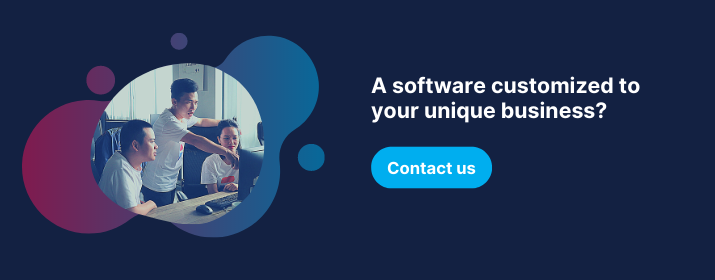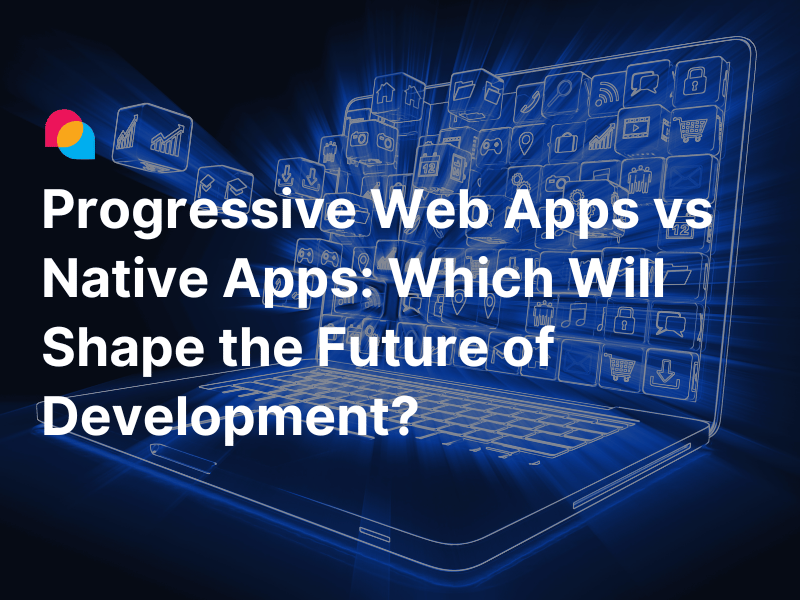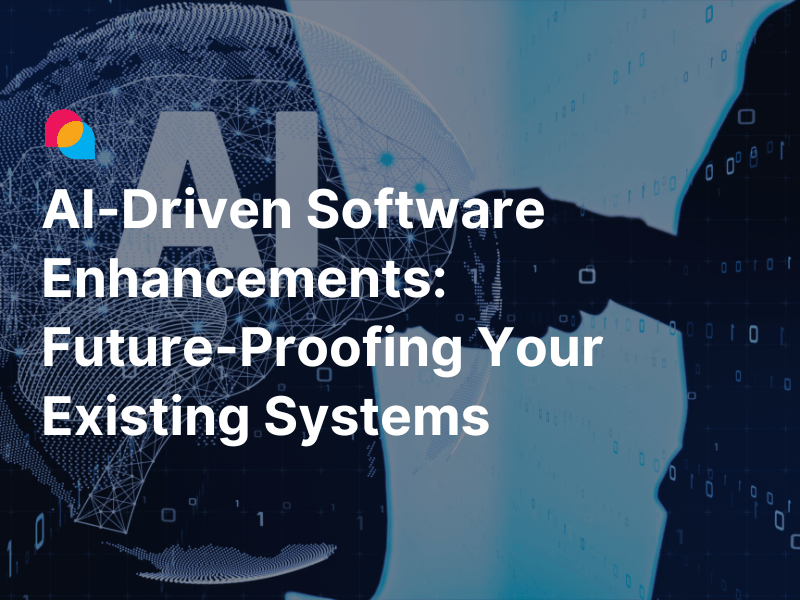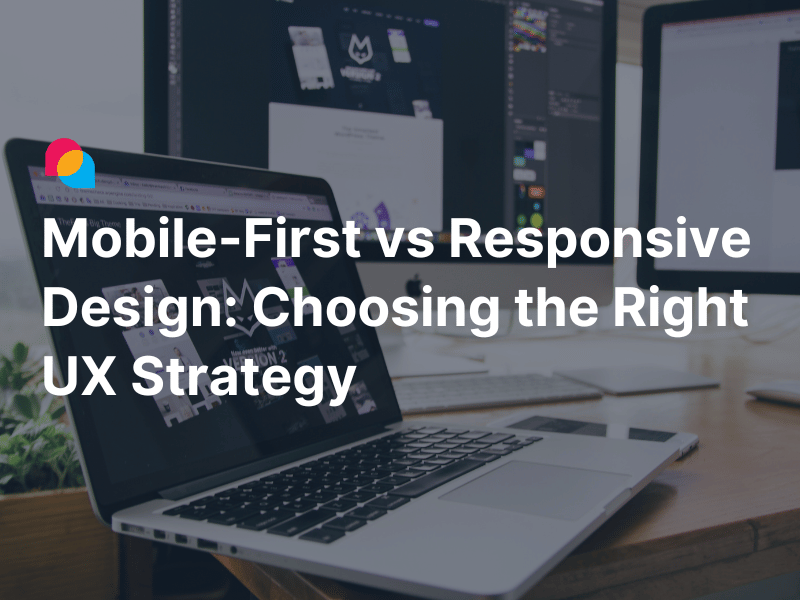Why Legacy Software Modernization Matters Now More Than Ever
Imagine leading a team that still depends on software built back when smartphones were a novelty. That system has been with you through thick and thin. It ran your operations, served your customers, and helped your business scale. But today? It’s dragging you down. Every update feels risky. Integrations are clunky. And users quietly groan each time they log in.
If that sounds familiar, you’re not alone. Many companies still rely on legacy systems; tools that once powered progress but now limit what’s possible. They’re dependable, sure. But they’re also slowing you down.
So here’s the challenge: How do you move forward without throwing away everything that’s worked so far? How do you upgrade the future without disrespecting the past?
That’s what this journey is about.
Understanding Legacy Systems: What Are You Really Working With?
Legacy software isn’t just about age; it’s about relevance. If your system can’t keep up with your business goals, it’s legacy. Period.
Maybe it’s built on tech no one uses anymore. Maybe it’s hard to scale, difficult to maintain, or painfully slow to adapt. It could be that only one developer on your team knows how it works; and they’re thinking about retiring.
Let’s see the sample:
- The CTO, is frustrated. Releases take forever. Bugs are hard to trace. Modern features? Practically impossible.
- The COO, sees a different problem. Change means disruption. The system may be old, but people know it. And change, she worries, might cost more than it saves.
That push-and-pull is real. And it starts with recognizing the system for what it is; not just what it was.
The Case for Change: When Is It Time to Modernize?
There’s no blinking dashboard that screams “Modernize now.” But the signs? They’re there if you look closely.
Maybe customers are complaining more. Maybe your developers groan every time they touch the code. Maybe simple feature requests take months. Or maybe the risk of downtime is keeping you up at night.
Here’s what we know: maintaining the status quo often costs more than changing it. According to Gartner, most IT budgets go toward maintaining outdated systems. That’s money not spent on innovation, growth, or competitive advantage.
Ask yourself:
- Is the system holding your team back?
- Are customers noticing the cracks?
- Are updates risky or painfully slow?
If the answer is yes, the time to modernize may be now.
Respecting the Past: Why Legacy Systems Deserve Appreciation
Here’s the thing; your legacy system isn’t a failure. It’s a success story. It helped build your business. It carried you through product launches, customer growth, and market changes. That’s something to honor.
The developers who built it worked with what they had: tight deadlines, limited tools, and evolving requirements. And they delivered something that lasted.
So modernization isn’t about tearing down. It’s about building forward; taking what worked, leaving what doesn’t, and evolving into something better. It’s a continuation of your story, not a replacement.
Planning Your Legacy Software Modernization Journey: Key Considerations
You don’t modernize a system with a single decision. It’s a layered process. One that starts with asking the right questions:
- Should you rehost the system; move it to the cloud without changing the code?
- Should you refactor it; clean up and optimize the codebase?
- Should you rebuild it from the ground up?
- Or should you replace it entirely with something new?
There’s no universal answer. It depends on:
- How deeply embedded the system is.
- How much risk your team can absorb.
- What dependencies exist around it.
And here’s a tip: Don’t decide in a vacuum. Get voices from engineering, operations, finance, and end-users at the table. Their perspectives will shape smarter, more grounded decisions.

Avoiding Common Pitfalls: What Not to Do When Modernizing
Every modernization project comes with risk. But you can avoid a lot of heartache by steering clear of common mistakes:
- Don’t copy and paste the past. Just because a feature existed before doesn’t mean it needs to come back. Reevaluate everything.
- Don’t skimp on UX. If users hate the new system, they’ll resist it. Even the best backend is useless without thoughtful design.
- Don’t chase technology for its own sake. The goal isn’t to use the latest stack; it’s to create business value.
A sample story: One company rebuilt their ERP system from scratch; every single feature. After launch, they found that more than half those features weren’t needed anymore. User behavior had changed. So had the business.
They spent millions solving a problem that didn’t exist.
Lesson? Don’t modernize what no longer matters.
Putting People First: User Experience and Real Business Needs
Modern systems should feel effortless. They should support the way people work; not get in the way.
But too often, UX is an afterthought. The result? Tools that look sleek but confuse users. Or worse, tools that frustrate and slow people down.
Start by talking to real users. Watch how they work. Ask what slows them down. Focus less on what people ask for, and more on what they actually need.
Because when you get UX right, the payoff is huge. Forrester reports that every dollar invested in UX brings a return of up to $100 in productivity, satisfaction, and loyalty.
Make it intuitive. Make it useful. And you’ll make your people’s jobs easier; maybe even enjoyable.
Build, Buy, or Integrate: Smart Choices for Modern Architecture
Modern architecture gives you choices. You can build a custom system from scratch, buy an off-the-shelf product, or integrate best-of-breed tools using APIs and microservices. The right decision depends on your context.
- Build when your business model or workflows are highly unique.
- Buy when your needs are common and the market already has mature, flexible solutions.
- Integrate when you want flexibility and speed, without reinventing the wheel.
Your call depends on:
- How strategic the system is to your value proposition
- The time and budget you can allocate
- Your team’s ability to maintain and evolve the solution
A smart blend of build, buy, and integrate usually leads to the most agile, scalable outcome.
Delivering Value Incrementally: How to Modernize Without Disrupting Operations
You don’t need a big bang. In fact, you shouldn’t aim for one. Phased rollouts; starting with high-impact, high-pain areas; are more sustainable and less risky.
Begin with a Minimum Viable Product (MVP). Prove that the new system works and solves a specific business problem. Then expand in waves. Monitor feedback. Iterate. Learn.
Here’s a simple roadmap to guide you:
- Audit your current system and user workflows.
- Identify critical pain points and inefficiencies.
- Prioritize by impact and effort.
- Build MVPs around top-priority areas.
- Test with real users. Adapt.
- Expand in phases, not leaps.
Modernization isn’t a sprint. It’s a strategic marathon; and steady wins the race.
Conclusion: Building on Your Legacy to Shape the Future
Modernizing legacy software isn’t about tossing the old aside. It’s about honoring what got you here; while preparing for what’s next.
You’ve already built something that worked. Now it’s time to build something that works better, faster, and for the long run. That means putting people first, focusing on outcomes, and modernizing in a way that feels less like a gamble and more like a plan.
Start with a review. Talk to your teams. And if you need a partner on this journey, we’re here to help.
Because your legacy deserves more than survival; it deserves to evolve.
References:
How To Leverage Legacy Modernization For Digital Transformation, Forbes, 2023





